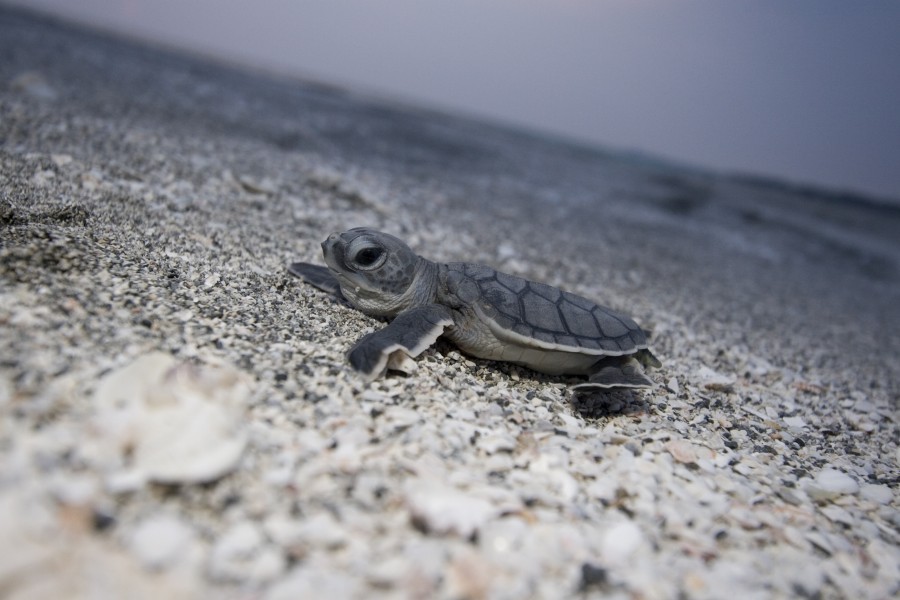Record-breaking sea turtle nesting season still going strong
Although the official sea turtle nesting season is from May 1- Oct. 31, some Mote Marine Laboratory-monitored beaches from Longboat Key through Venice still have three nests that have not hatched yet.
“Some turtle nests are still waiting to hatch, so please stay vigilant on the beaches and keep the beaches turtle friendly,” said Kristen Mazzarella, senior biologist with Mote’s Sea Turtle Conservation and Research Program. “We expect these nests to hatch sometime in mid-November.”
Mote's Sea Turtle Conservation and Research Program has coordinated conservation of endangered sea turtles along 35 miles of Sarasota County beaches for the past 35 years.
Mote’s multi-decade monitoring efforts provide data that resource managers can use to understand and protect sea turtle populations. Long-term data are particularly important because sea turtles are long-lived species. It takes about 30 years for hatchlings born on our beaches to return to nest as adults.
Although it may take another month or so for Mote’s STCRP staff to tally official numbers, this year's preliminary counts are 4,525 loggerhead sea turtle nests plus nine green sea turtle nests and one nest requiring genetic testing to confirm its species. This year’s preliminary total, 4,535 nests, far surpasses Mote’s record count of 2,475 nests in 2015.
“This was an incredible year for sea turtle nests,” Mazzarella said. “This year we saw more nests than last year, which was also a record breaking year. Turtles take about 30 years to sexually mature and produce eggs, and we hope the reason we are seeing this increase is because the turtles Mote started to monitor 30 years ago are now old enough to come back and lay their eggs.”
These all-time high records since the inception of Mote’s Sea Turtle Patrol 35-years ago signify the need for conservation support and the time is now. Funding for supplies and operating costs will be in high demand following the highly successful nesting season and projections for more even more successful years to come.
How to keep the beaches turtle friendly:
Do:
- If you encounter a nesting turtle or hatchlings, remain quiet and observe from a distance.
- Shield or turn off outdoor lights that are visible on the beach from May through October.
- Close drapes after dark and stack beach furniture at the dune line or, ideally, remove it from the beach.
- Fill in holes that may entrap hatchlings on their way to the water.
Do Not:
- Approach nesting turtles or hatchlings, make noise or shine lights at turtles.
- Use flashlights or fishing lamps on the beach.
- Encourage a turtle to move while nesting or pick up hatchlings that have emerged and are heading for the water.
- Use fireworks on the beach.
